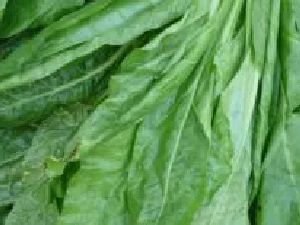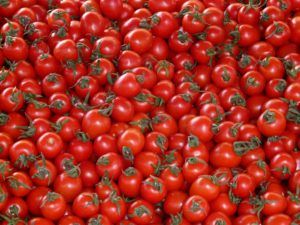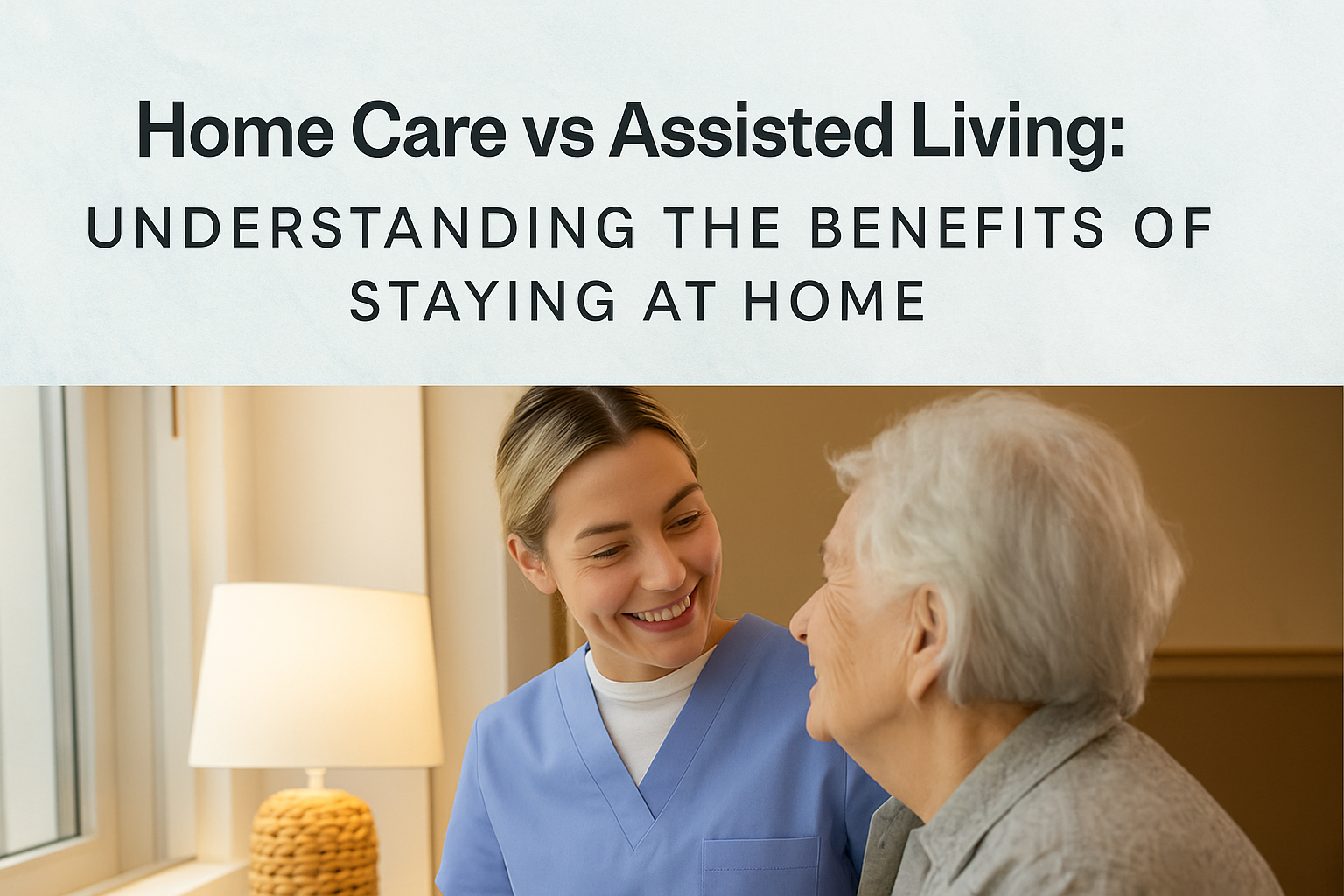
Bedsores, also called pressure ulcers or decubitus ulcers, are injuries to external skin and underlying tissue due to prolonged pressure on the skin. Bedsores usually develop on the skin covering the heels, ankles, hips, tailbone, and other bony areas of the body. This is one of the most common conditions, especially among bedridden individuals or those spending a significant amount of time sitting or maintaining the same position. According to the National Pressure Inquiry Advisory Panel, about 2.5 million patients develop bedsores each year, and 60,000 of those infected die as a result.
Three Causes of Bed Sores
- Damage to the skin and interrupted blood flow may occur from:
- Pressure from sitting or lying down for a prolonged amount of time without shifting position
- Shearing occurring when one’s body slides in a bed or chair resulting in the skin sliding or pulling away from the underlying supportive tissues
- Rubbing or friction resulting from transfers, such as when the body is dragged over bedsheets
Which Individuals Are Most at Risk?
Although there are many groups such as bed-ridden patients, those with spinal cord injuries, and very young persons, the most at-risk group for developing pressure ulcers are seniors. Seniors over 70 years have a high risk of developing pressure ulcers because their skin thins, loses elasticity, and becomes more fragile as they age. Bed-ridden seniors and those in a wheelchair are even more likely to develop bedsores. Therefore, is it crucial for caregivers to pay particular attention and provide the right care for these individuals. In addition, lifestyle factors as well as chronic health conditions affecting blood circulation can further increase the risk. These include conditions such as cancer, stroke, multiple sclerosis, diabetes, Alzheimer’s disease, Parkinson’s disease, hip fractures, and heart disease.
Warning Signs of Skin Breakdown
One noticeable sign of skin breakdown is a change in skin color. These marks may be purple or blue in darker-skinned individuals and pink or red in lighter-skinned individuals. Some other signs indicating skin breakdown are unusual fluctuations in skin temperature and changes in tissue consistency. Skin excessively warm to the touch indicates inflammation whereas the opposite signifies poor circulation or no blood flow to that particular area. Noticeable changes in tissue consistency include the affected areas feeling exceptionally soft or different from the surrounding healthy tissue. Deep bruises near at-risk areas are another warning sign indicating significant damage below the skin. They should be monitored closely in case it turns into a sore.
Skin Care Tips
In order to maintain the skin’s natural protective barrier, it is important to keep it moisturized. Natural moisture creams should be implemented in ones’ daily routine to shield the skin, especially from things like urine and stool. Another tip is to stay hydrated throughout the day. This will ensure that the skin stays plump and resilient. It also allows the skin to retain moisture, preventing it from drying out and cracking.

- Spinach
Spinach is another health-boosting food that everyone, including seniors, should implement into their diet. This leafy, green vegetable contains antioxidants lutein and zeaxanthin which help protect the eyes and keep the eyesight sharp. In addition, spinach is also very beneficial for the heart as it contains high amounts of folate which can decrease levels of homocysteine and can in turn lower one’s odds of developing heart disease: the top killer in America. A great way to implement spinach is to include it in smoothies or add it to a salad with a semi-sweet dressing to cancel out spinach’s natural, bitter flavor.

- Blueberries
Unbeknownst to many, blueberries are among the highest health-boosting and nutrient-dense food. Their antioxidants protect the body from free radicals which can damage the cells, cause aging, and develop diseases such as cancer. In addition, blueberries have also been shown to directly increase antioxidant levels in the body, unlike other popular superfoods. Their ability to reduce DNA damage which occurs tens of thousands of times daily also contribute to their popularity and uniqueness. Some easy ways to implement blueberries into one’s meals are adding them into oatmeal, yogurt, smoothies, or even salads!

- Tomatoes
A common misconception about superfoods is that they are difficult to find and are costly however, this statement is false when it comes to tomatoes. Tomatoes are sold at the majority of grocery stores and can be bought without breaking the bank. Some benefits of this superfood is that they are high in Vitamin C and lycopene which studies have shown to help to reduce the risk of prostate cancer. In fact, a tomato provides as much as 40 percent of the daily recommended dosage of Vitamin C, so if you are out of Vitamin C supplements, make sure to eat a tomato! Further, tomatoes also contain Vitamin A which supports skin health and immunity, as well as Vitamin K which helps maintain strong bones. Therefore, eating one tomato a day will keep definitely keep the doctor away.





